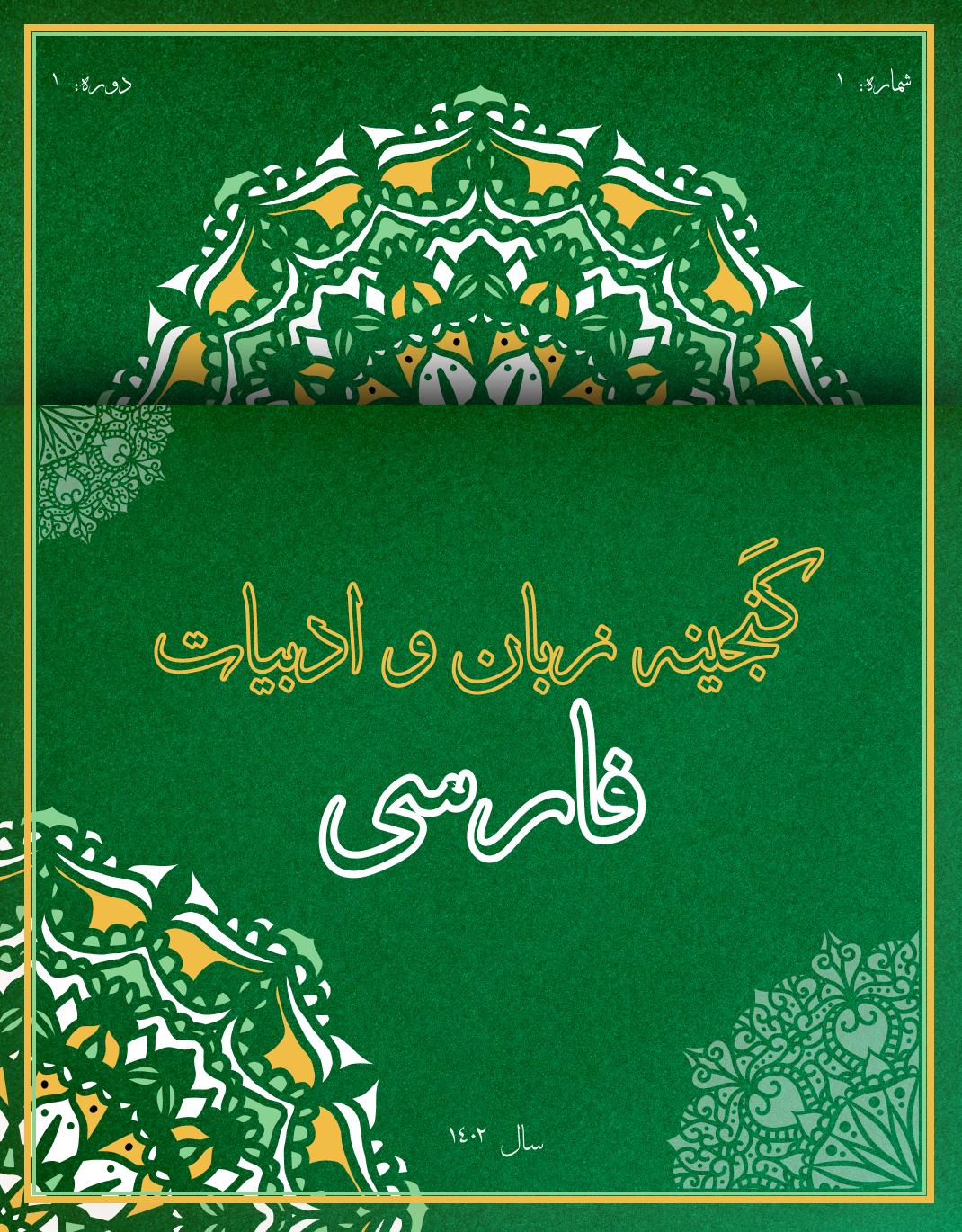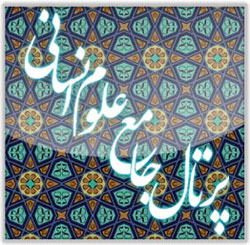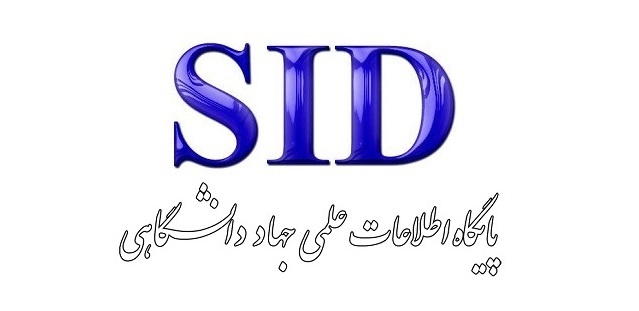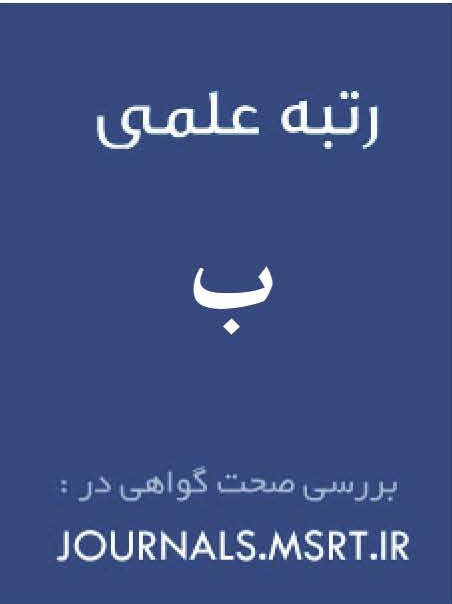Investigation of Affixes and Semi-Affixes in the Formation of Specialized Terms in the Conceptual Domain of Clothing and Tailoring in the Persian Language: A Cognitive Approach
Keywords:
Suffix, pseudo-verb, word formation processes, cognitive usage, categorization, zoning, conceptualizationAbstract
The present study aims to examine the suffixes involved in the formation of specialized occupational terms in the Persian language within the clothing and tailoring industry from the perspective of cognitive morphology. In line with the cognitive morphology theory proposed by Hamavand (2011) and its introduced mechanisms, namely the theories of categorization, domain partitioning, and conceptualization, which constitute the theoretical framework of this study, the semantic analysis and classification of selected affixes and semi-affixes are conducted. It is noteworthy that the study follows a descriptive-analytical methodology, and the selected corpus was compiled through references to employment and advertising websites, as well as dictionaries such as Dehkhoda, Amid, Moein, and Sokhan. The corpus consists of forty (40) compound and derivative-compound words related to the conceptual domain of clothing. Upon analyzing the research data, it was found that the semi-affixes “-zan”, “-kar”, and “-duz” have the highest frequency and usage in the formation of specialized clothing-related terms. All these semi-affixes belong to the conceptual category of nominalizing semi-affixes, attaching to nominal bases. Moreover, it was determined that the morphological process of compounding is more frequent than that of derivative-compounding. Furthermore, each of these affixational elements conveys different meanings and represents various perspectives and facets of the conceptual domain of clothing, such as sewing, pattern designing, embellishing, attaching, connecting, instrument-based action, modeling, cutting, stitching type, action location, fabric smoothing, object creation, wage-related action, two-dimensional sewing, and stitching placement on fabric.









